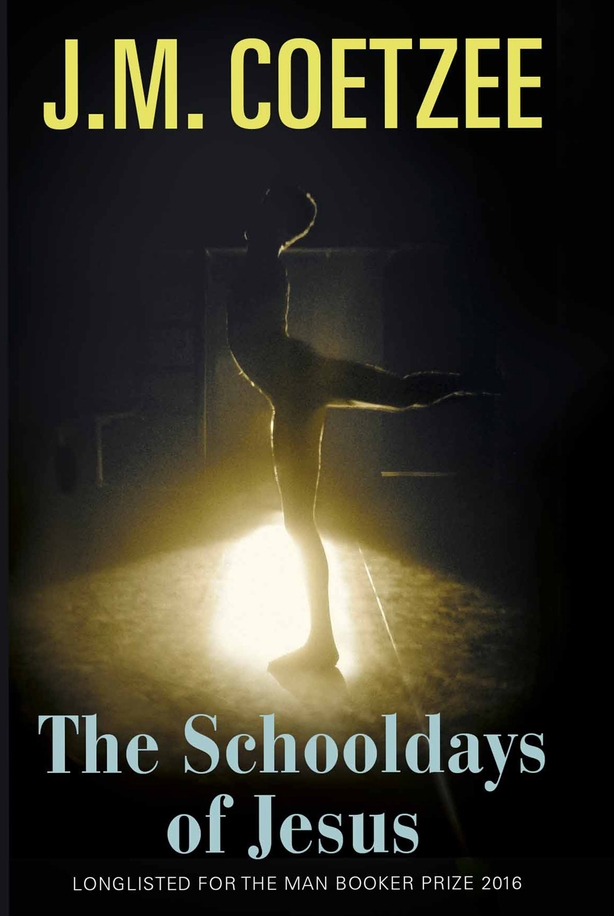What a strange story too The Schooldays of Jesus is – fecund with a sickly-sweet air of nightmare, sordid, forlorn, mildly sinister. It’s like reading lonesome dispatches from some of those intrepid Mars-bound visitors of the future. Or more precisley, it's like reading a sad letter from -surely, no? -the one member of that doughty crew who will want to come home but cannot.
The young boy, Davíd, whom we met in The Childhood of Jesus - apparently a prequel to this novel - is about to turn nine years of age. He is still in the care of the adults Simón and Inés, who have settled in Estrella, having fled the authorities in the city of Novilla. They fled to avoid Davíd's very possible registration in a public school, should his immigrant status become known in this strange Spanish-speaking country. In much the same fashion, he is spirited into a cupboard by Simón during the brief visit from the census-takers in this newer story.
The peculiar allure of both novels is its exploration of lives lived under the radar, outside the mainstream. So outside the mainstream in fact are these lives, that the city of Estrella seems strangely unreal, like a mere sketch of buildings, populated by a tiny population.
We know not whence Davíd came, nor indeed Simón nor Inés either. They form an ad hoc family but neither of the three are related. The reader cannot help looking at the allegorical aspect of the tale. Is Simón some kind of Joseph the Carpenter figure? Is Inés a kind of Marian substitute, not flesh and blood to Davíd?
Is Davíd the Jesus figure of the piece? He may be just a kid who likes to play football and go to ballet-like dance classes. Yet he is forthright, infuriatingly curious and dogmatic in his own way, seeming to be fated for some great messianic role due to his peculiar intelligence and apparent lack of guile. Let’s put it this way, the reader would not be surprised if the city of Estrella had some kind of temple in which young Davíd might be found disputing with the elders.

At the commencement of the novel, Simón finds work picking fruit and olives, while three kindly and wealthy sisters fund Davíd’s education at a very odd institution, the local Academy of Dance. Once enrolled, Davíd is inducted in some gobbledy-gook cult involving dance and numbers. There is one decidedly dramatic event in the novel, involving Dmitri, the attendant in the museum which shares the same building as the Academy. His passion for La Senora at the academy leads to over-blown tragedy, that never convinces as it might in a less ambitious novel.
The melodrama of it all seems inserted as a strategic device to explore points of view relating to moral questions. The Schooldays of Jesus bears slight resemblance to Kafka’s much-overlooked novel, America, which is also set in an imaginary land, as Kafka never visited the continent nor was interested in any kind of verismilitude.
Those of us familiar with JM Coetzee's dark fictions know that he appears to be more interested in ideas than in active plot development these days, and so we constantly expect light bulb moments or elucidation or some startling epiphany. Yet JM Coetzee is still perhaps the best novelist working in English today, simply because he has disquiet about the conventional forms. One thinks of him straining with a certain narrative and thematic ease - if such is possible - at the blueprint to shake it and give it a good rattle, without ditching conventional syntax. Happilly, he still wants to tell a story, A to Z.
Paddy Kehoe













